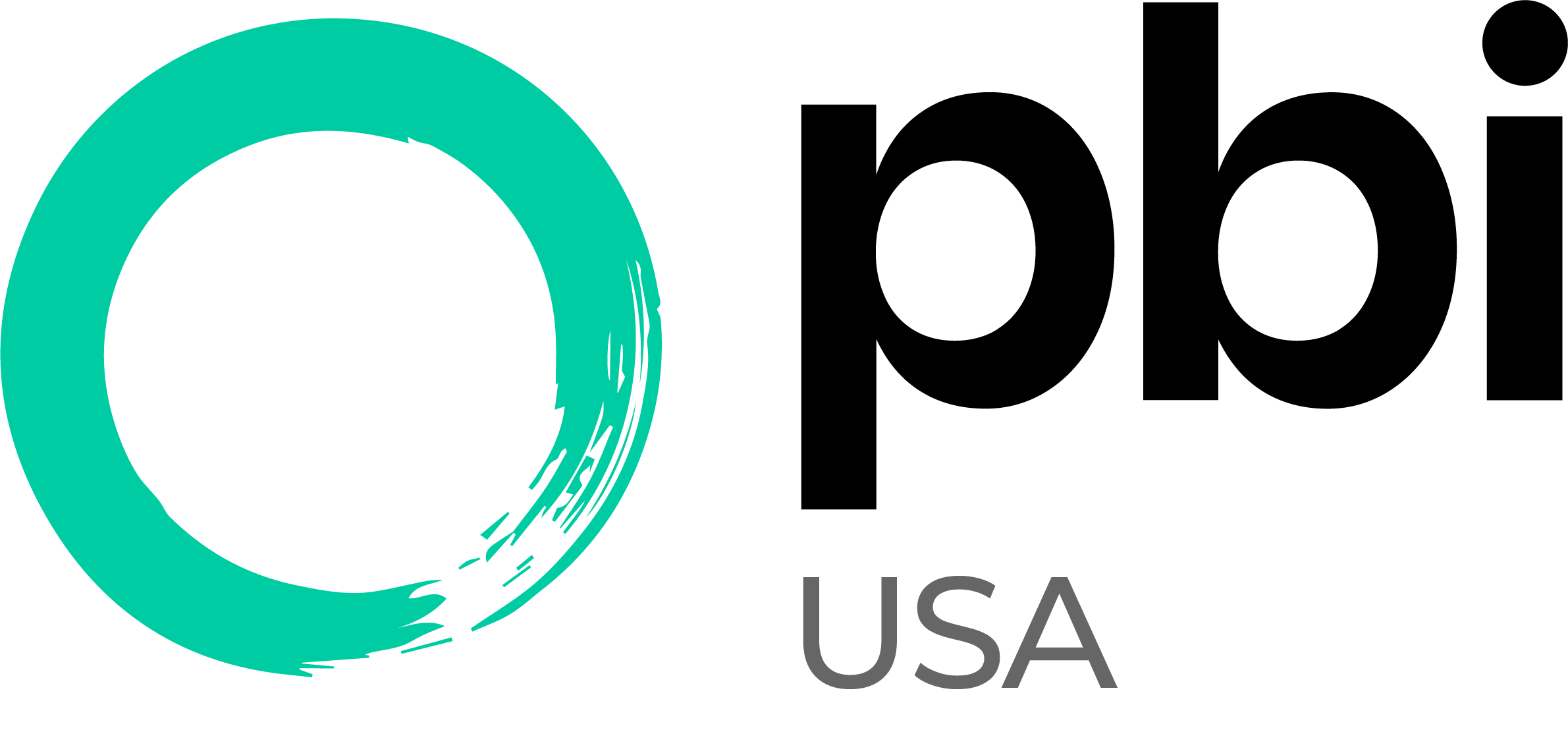
On February 4, the Peace Brigades International-Colombia Project tweeted: “It is urgent, as requested by @WOLA_org, that the diplomatic community, political leaders from the US and the EU, and civil society give visibility to the humanitarian crisis and human rights in Colombia and that actions be taken to cease the violence.”

The Washington Office on Latin America (WOLA) article amplified by PBI-Colombia on social media further notes:
“The security situation in Colombia deteriorated alarmingly in January 2022. As of January 31, the Institute for Development and Peace Studies (INDEPAZ) has recorded a total of 13 social leaders murdered, 13 massacres, 3 ex-combatants killed, 214 selective homicides, 98 death threats, 58 homicide attempts, 25 episodes of harassment, 17 forced disappearances, and 16 mass internal displacements”
It then highlights:
“We strongly urge U.S. policymakers, the diplomatic community, and civil society to raise visibility on the human rights and humanitarian situation in Colombia. Also, we urge them to take actions denouncing the violence, calling for it to cease and for all the actors concerned to support humanitarian minimums and peace efforts.”
El Pais also now reports:
“Amnesty International on Wednesday presented a report in which it pointed to Colombia as the deadliest country for human rights defenders, with 13 murders. Just a day later the number had risen to 17 social leaders riddled so far in 2022. More than one every other day.”
That article adds the analysis that:
“The leaders killed in Colombia have a common struggle: they are dedicated to the defense of land, territory and the environment. Afro-descendants, women and indigenous people are the most vulnerable.”
Mexico
Another article in El Pais highlights:
“Colombia is followed in lethality by Mexico, where four journalists have been killed, which has generated a wave of indignation that has resulted in massive demonstrations in the main cities of the country. Although the authorities have warned that the crimes will not go unpunished, President Andrés Manuel López Obrador maintains an aggressive discourse against the press, denigrating the work of reporters and criticizing the media that oversee his administration.”
Amnesty International further notes that: “On 27 January, human rights defender Ana Luisa Garduño was killed in Temixco, Morelos. Ana Luisa was fighting for justice for the feminicide of her daughter. Amnesty International has shown that Mexico is a dangerous country for families seeking justice in cases of feminicide.”
Honduras
The El Pais article adds:
“Honduras, meanwhile, is the deadliest central American country for activists. Amnesty International’s report documents three killings in January.”
“These are the cases of Pablo Isabel Hernández, indigenous leader, social communicator and defender of human and environmental rights, …Thalía Rodríguez, a transgender human rights defender, [and] Melvin Geovany Mejía, a Tolupán indigenous and defender of the territory.”
Further reading
The Amnesty International report on the killings in Latin America can be read here. The Indepaz list of those killed in Colombia in January is here. The WOLA report documenting the violence in Colombia this past month can be read here.
The Global Witness report on the number of land and environmental defenders killed in 2021 is expected to be released in September (this is their report on 2020), while the Front Line Defenders report on human rights defenders killed in 2021 could be released in the next few days (their report on 2020 was released on February 9, 2021).
We continue to follow this with deep concern.
